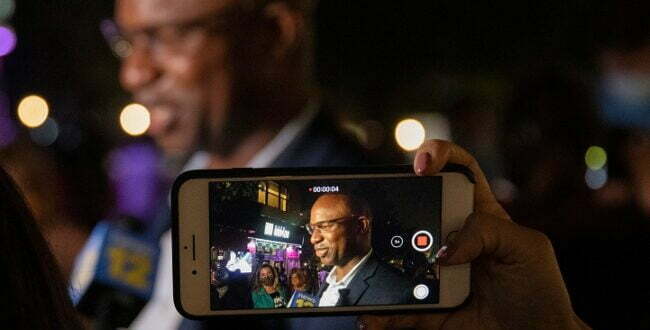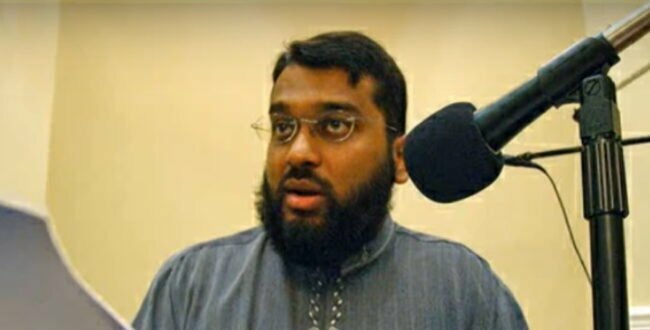Shlomit Volkov’s article, “Antisemitism as a Cultural Code”, published in 1978, is one of the most influential works in the study of antisemitism. One of the unique aspects of German antisemitism during the end of the 19th century, Volkov sought to show, was that it became a symbol of a cultural-political identity, and was the dividing line between the conservative, anti-modern, anti-liberal and anti-capitalist right wing and the liberal as well as left wing forces. In other words, to be part of the right in Germany at the end of the 19th century meant adopting an antisemitic position. The idea of a cultural code is not only useful to our understanding of the place of antisemitism in Germany at the end of the 19th century, but also to our understanding of current politics. Israeli attitudes towards the Black Lives Matter protests in the United States in an interesting case study of this.
In general, the positions taken by figures on both sides of the Israeli political spectrum can be predicted in advance. For instance, the journalist, Ben-Dror Yemini wrote that despite the racism in the United States, the biggest issue is the involvement of blacks in violent crime and black on black violence, which black culture is responsible for. In addition, he writes that the emphasis on black historical victimhood in American society perpetuates the status quo for black people because it absolves them of responsibility. Yemini goes on to compare blacks to other minorities who have experienced prejudice and oppression, such as Hindus, Jews and Asians, and notes that these minorities have been socially and economically successful despite the racism they suffered. Blacks, however, remain as they were- another proof, according to him, that the problem is primarily one of black “culture”.
Yemini has written similar things about Muslims (Islamophobia exists, but most Muslims are victims of other Muslims, and so the problem is with internal Muslim culture), as well as the Palestinians (the Occupation exists, but the responsibility for the situation the Palestinians find themselves in lies primarily with the Palestinians.) He takes similar positions on other subjects- for instance he supports the deportation of asylum seekers from Israel. One may conclude, then, that Yemini’s position on the Black Lives Matter protests is less a product of the facts that he is familiar with (or not familiar with) and more a product of a wider world view that the Israeli center-right is party to, as can be seen from the many examples of writers who take similar positions on each one of the issues mentioned above.
One of the most interesting characteristics of antisemitism’s metamorphosis into a cultural code is that it was a European phenomenon, and not just a German one. You can see the similar role that antisemitism played in France during the Dreyfus affair. The dividing line (generally speaking) between right and left was whether you were against Dreyfus or for him. This was also the case in Russia at the end of the 19th century and the beginning of the 20th century, as well as in other European countries.
One could even make the claim that the unifying factor of modern antisemitism isn’t racism, as many believe, but rather the way it has become an important cultural-political identity marker during a time of radical economic and social change, as well as a time of mass politics that is characterized by fierce international disagreement about identity and values.
So, the reason why it sometimes seems that the Israeli public discussion is just a caricature of the American public discussion on certain issues, is that today’s politics are global and the disagreements regarding all these issues cross continental borders. Just as the fact that for many in the Black Lives Matter movement, and the progressive movement in general, a sharp critical view of Israel is a cultural code that serves as an indication of their general political views, so too, for the center-right in Israel a critical view of the Black Lives Matter protests is a cultural code with a similar meaning.
Looking back, we can identify why the Jewish question became the dividing line between social and political movements. The widespread identification of Jews with modernity in all its expressions and streams- liberalism, industrialization, capitalism, socialism, democracy- turned anyone who opposed them and who sought to preserve the old order into a potential anti-Semite.
The current dividing lines will be easier for future historians to identify than for us, but maybe they aren’t so different from past dividing lines. Since we live in the present, it is perhaps hard for us to see the revolutionary implications of the social and intellectual movements of today, such as the Black Lives Matter movement and the feminist movement, which emphasize the fact that current social and political structures are totally infested with white power, patriarchy, neo-colonialism and capitalism, and so seek to uproot them from their very foundations. The more their world views and demands infiltrate the mainstream, mass protests such as those that we see today will be the focus of immense disagreements, not only regarding the issues at hand, but also regarding the whole social and political order.
Maybe it is not coincidental then that tearing down statues of symbols of slavery and colonialism and their destruction has received special attention, especially in terms of figures such as Columbus or Churchill. The reaction to these and similar actions are as if responding to an attack on civilization itself, and in certain ways this isn’t far from the truth. The protesters insist on reminding us that many Western cultural achievements are also at the same time marks of barbarianism. They seek to replace them with the voices and ideas of those who until recently were considered barbaric themselves- meaning – those who are not white men. This is a true threat, and also a good parable for what separates the streams on the political spectrum between right and left: to what extent are we willing to recognize the barbarism within our political communities, and to what extent do we choose to emphasize the barbarism of others.

















